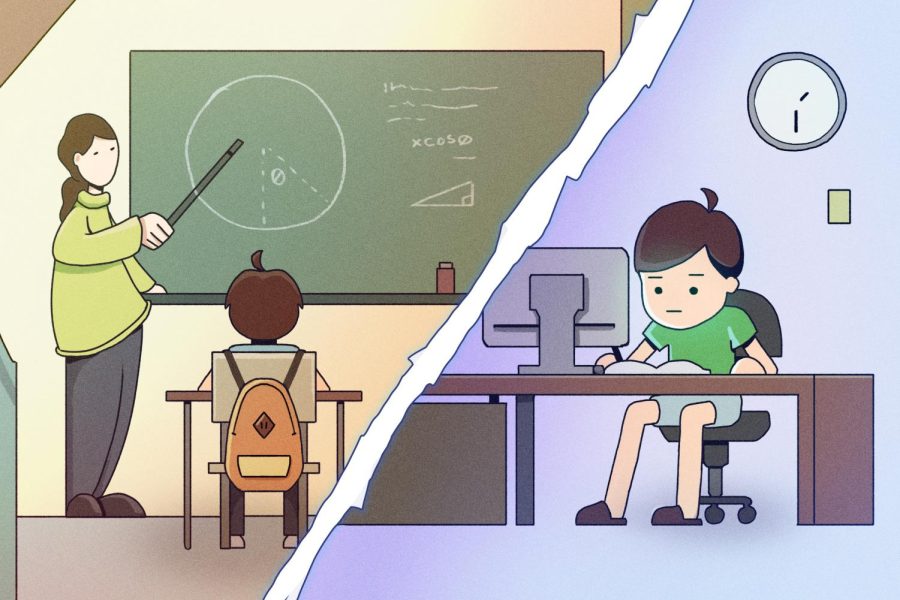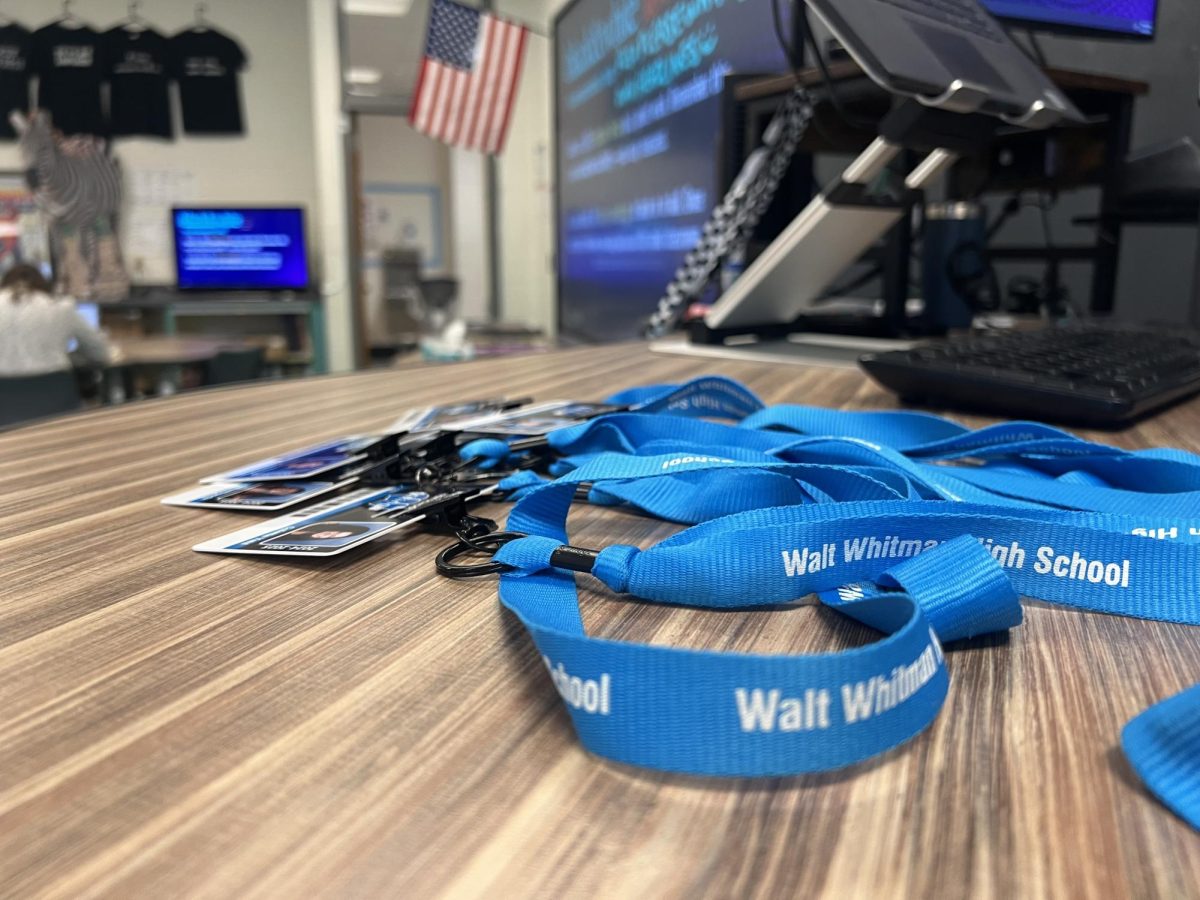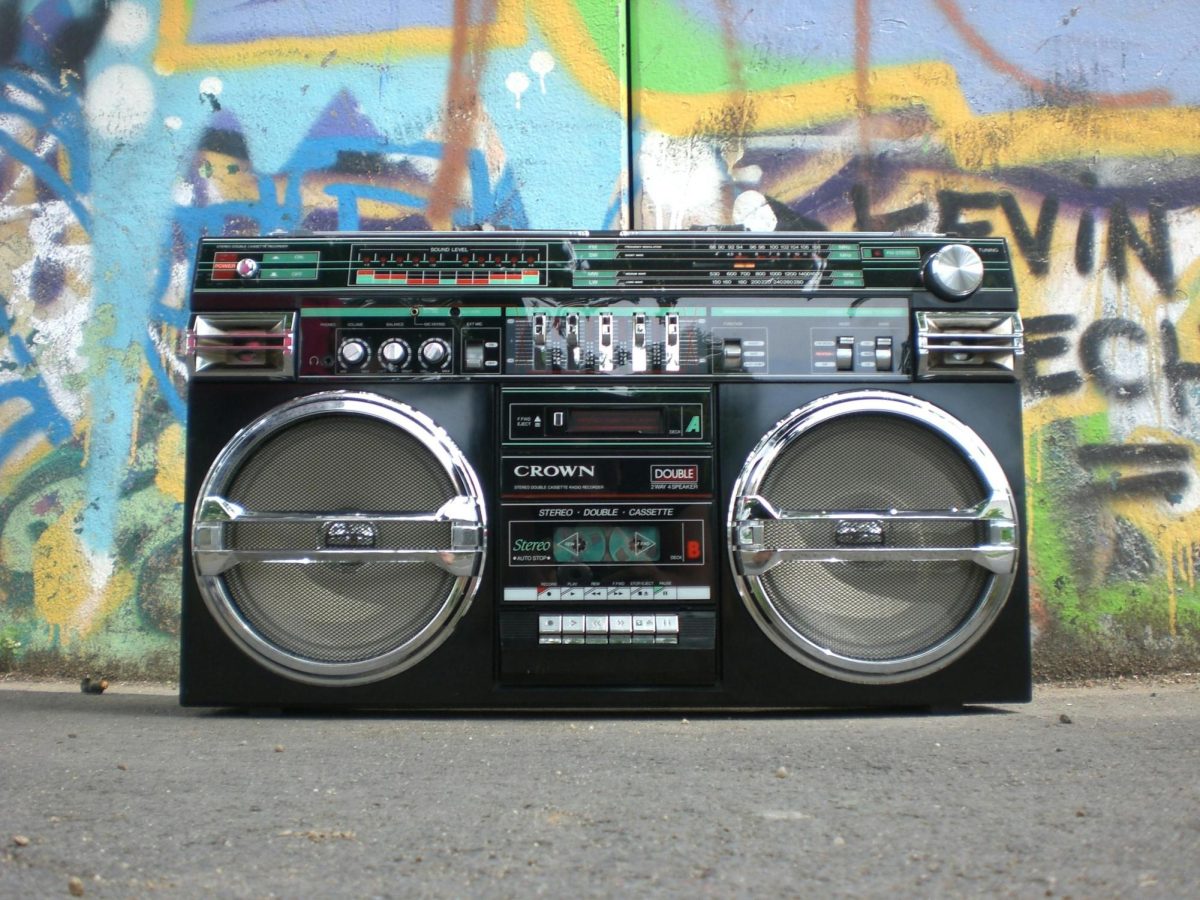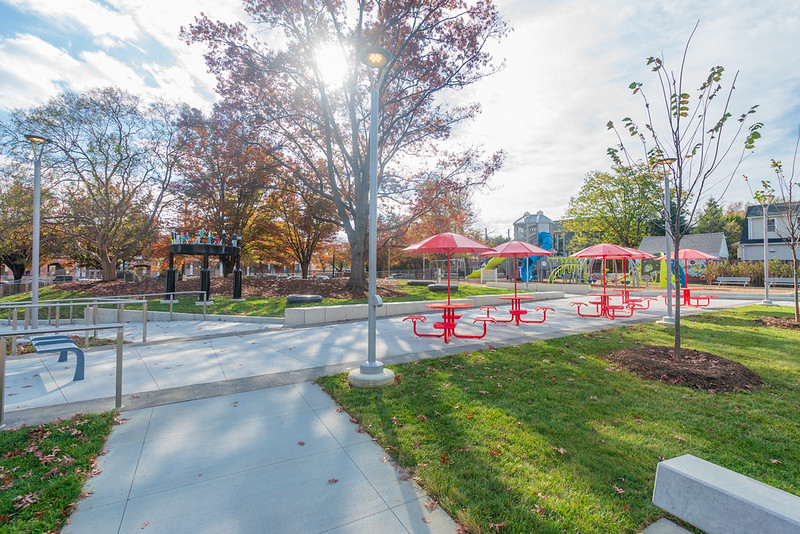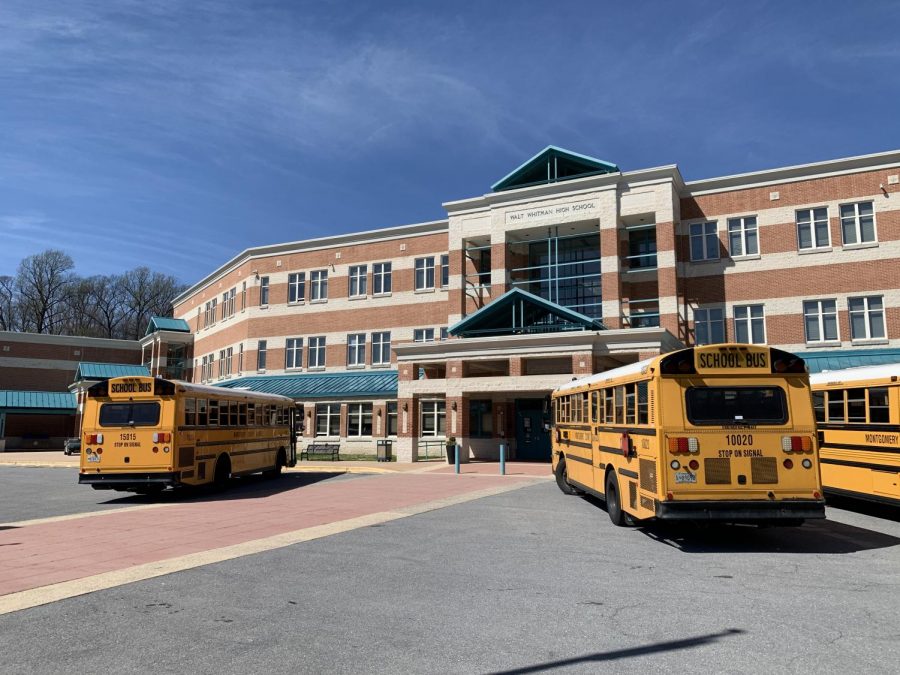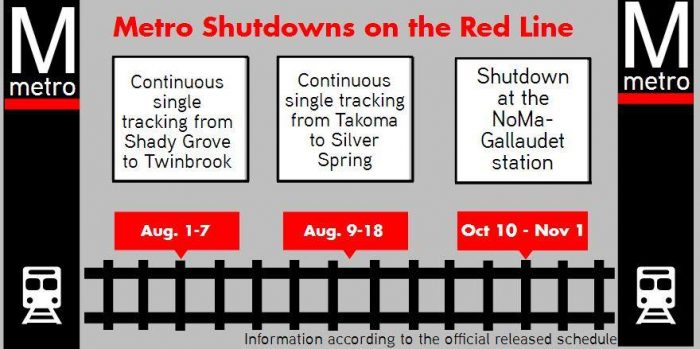
Starting June 4, the Metrorail will undergo renovations to help improve travel safety, following the SafeTrack program which will condense three years of work into approximately one year by closing the Metro for frequent repairments to improve safety, according to the public SafeTrack plan published May 19.
As part of the renovations, the different stops on the Metro will close early, or altogether, to make the basic repairs more efficient and keep as many lines operational as possible rather than just renovating during normal allotted maintenance hours.
Shutdowns will span a total 11 months and are separated into 15 Safety Surge projects— long-duration track outages covering many stations on the Metrorail system—scheduled to end March 19, 2017. Each of the projects will close specific sections of track in between stops.
According to a recent Metro press release, each of the Surges will limit travel on the affected section by causing tracks to either completely close or leave only one track running, a practice referred to as single tracking.
“Each of the 15 Surge projects will have a significant impact on rush-hour commutes,” the release stated. “Many of the Surges will severely reduce the frequency of trains, resulting in crowding and extended wait times.”
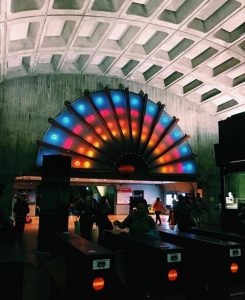
While all Surges affect the DC area, the renovations that most directly affect Whitman include three separate renovations Aug 1-7, 9-18 and Oct 10-Nov 1 on the Red Line, which services Friendship Heights, Bethesda and Rockville.
The metro will be single tracking from Takoma to Silver Spring Aug 1-7 and single tracking from Shady Grove to Twinbrook Aug 9-18, according to the official released schedule. The Red Line will undergo a total line segment shutdown from Fort Totten to NoMa-Gallaudet Oct 10-Nov 1.
Through these Metro upgrades, SafeTrack hopes to improve safety and reliability by remodeling the Metrorail system.
Students who ride the Metro often explained problems they’ve encountered while underground.
“There have been track fires, dark trains, sudden stops,” sophomore Caroline Brody said. “I guess what’s really prompting the shutdowns is the more serious stuff like really big track fires and smoke filling the cars.”
By stressing the importance of safety, the Metro hopes to address these problems through SafeTrack.
“Metro’s safety culture change depends on support from the entire region,” Metro General Manager and CEO Paul J. Wiedefeld said in a recent press release. “We have to begin by understanding that safety trumps inconvenience.”
Though the Metro anticipates an improved ride in the future, this poses a problem for some students, as it makes it more difficult to access stations in the DC area.
“If the Red Line is closed, then it’ll be really hard for me to make it to work,” junior Lyssa Miller, who works at Smithsonian Museum of Natural History, said. “Traffic getting into DC is normally pretty bad, but it’s especially bad around the National Mall. I’ll have to walk miles to avoid it.”
Brody often uses the Metro to commute to Earth Treks in Rockville for her climbing team and hope to continue to use the service despite the shutdowns.
“Luckily, my stops will be avoided in the shutdowns for SafeTrack, but I’m probably going to be looking at consistent twenty minute waits for trains,” she said.
Although students see downsides of the situation, they are hopeful for long-term benefits.
“I’m glad that they’re improving safety, but upset that it took them this long to make changes,” Brody said. “If they hadn’t neglected these safety issues in the first place then this wouldn’t be happening.”




